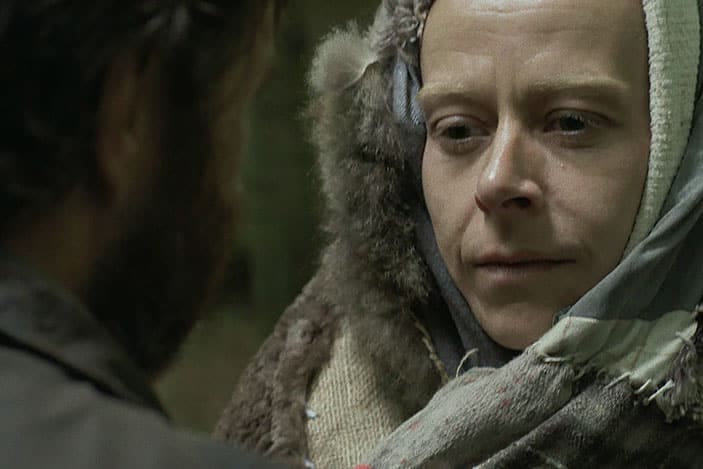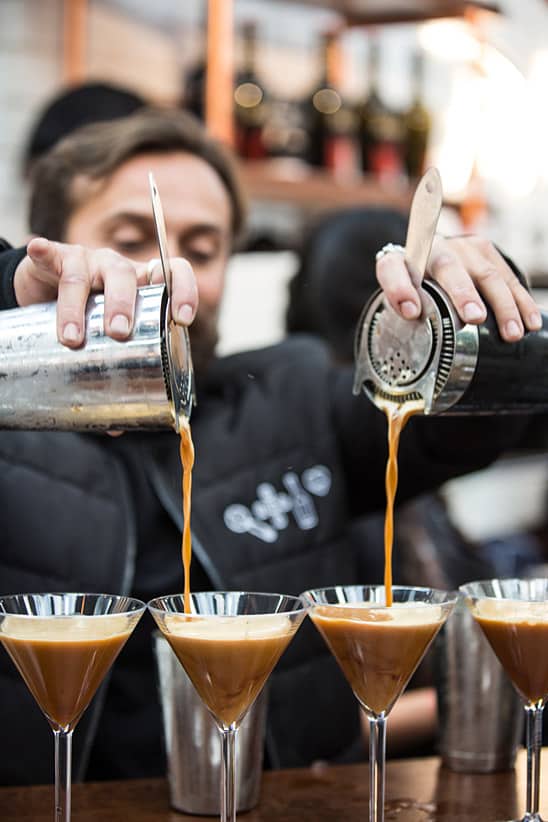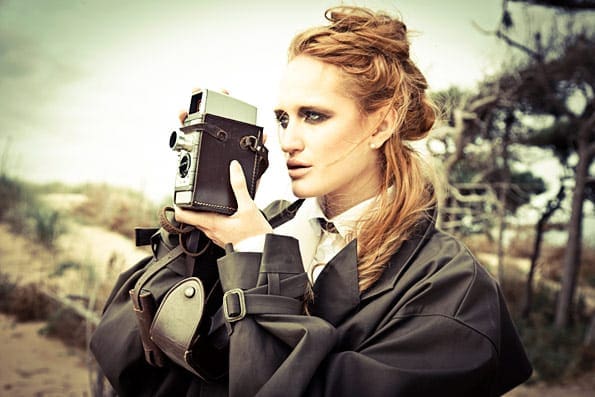The Power of Spoof Advertising – article by Alexa Wang
As predictable as the the start of December bringing the Coca Cola truck to our screens, promising us all that the holidays are coming, or the Go Compare tenor bellowing his latest ear-splitting cacophony, an advertisement which captures the public imagination will also inevitably unleash a legion of parodies.
Most of them are made by everyday people, uploaded to YouTube in tribute, and to gain a few laughs. Every now and again though, one company will try and beat another at their own game; in some cases, they may even take themselves on to give their own perspective on the media phenomenon they created. But where did it all begin?
Just for laughs?
One of the earliest examples of spoof advertising on TV came from an unlikely source – legendary sketch comedy show Saturday Night Live. Although many of the products “advertised” on the show, such as the Bass-O-Matic, were irreverent and ridiculous, some managed to take on a life of their own some years down the line.
For example, a spot for the “Triple Trac Razor” aired on the show’s first episode in 1975 – a men’s shaver with a then-ridiculous three blades. Fast forward 23 years, and the introduction of Gillette’s Mach3 made SNL’s parody a lucrative reality.
The spoof commercials remain a fixture of the show to this day, offering a skewed take on pop culture fads, to send-ups of currently-running advertisements. For comparison’s sake, here’s a campaign Matthew McConaughey starred in for Lincoln cars:
…and here’s SNL’s parody, with Jim Carrey taking on the McConaughey role
Companies spoofing others
Within days of John Lewis’s seismically popular “Man on the Moon” commercial airing for the first time, other brands began to get in on the act with their own takes on the ad. Compared with the original three-minute commercial, which was made on a larger budget than Paranormal Activity, Mad Max and The Blair Witch Project combined, these quickly turned-over spoofs attempted to win over their audiences in other ways.
The idea of parodying existing commercials by other companies has gone in and out of fashion over the years. Some have pointed to Volkswagen’s 1960’s “Think Big” poster as being the first of its kind; the introduction of the Energizer Bunny in 1988 was a direct response to a similar campaign run by Duracell in order to demonstrate the superiority of Energizer’s product.
Adverts like these are a testament to how good advertising finds itself lingering in people’s heads. Specsavers’ 2010 parody of a then-four-year-old Lynx campaign was shot on a full budget, with one of its creators claiming they didn’t want to do a viral, YouTube version of it. Instead they wanted it to feel as big and as epic as the original.
Conversely, US cookie brand Chips Ahoy launched in the UK in 2014 with an advert which aped (ahem) a familiar chocolate commercial from seven years earlier. The advert received a mixed reception from the industry, though its cost-effective hijacking of a beloved British institution certainly represents what the long-running American brand was aiming to do in the marketplace. The company’s head of marketing claimed they “wanted to take a risk and start a conversation and it worked.”
Companies spoofing themselves
With social media providing increasingly fast feedback, brands are becoming more aware than ever of the response their adverts are receiving. Fictional opera singer Gio Compario, public face of Go Compare’s long-running campaign, was recently named the all-time most annoying advert in the UK. The character’s unpopularity when the campaign started was such that the company decided to run a new series of adverts featuring Gio in July 2012.
Promoted with the Twitter hashtag “#savingthenation”, the next phase of the campaign had Gio “silenced” by an assortment of celebrities. Stuart Pearce kicked a football into his stomach, Ray Meares caught him in a trap, Sue Barker shot him with a bazooka – all to stop the man from singing his trademark jingle. There were even billboard adverts which were designed to look like they had already been defaced by graffiti artists – effectively letting the public know their views on the character had been heard loud and clear.
The Sue Barker and Stuart Pearce commercials were also the two most-complained-about adverts of the year, accused of trivialising war and terrorism. The Gio Compario character was eventually taken out of retirement in July 2015, brought back to life in front of a full symphony orchestra – clearly, rumours of his demise were greatly exaggerated.
However, because the TV spots were controversial, they had arguably done their job. Relatively speaking, positive online feedback around the company increased as the Twitter hashtag began trending. Go Compare’s profile was raised – even if, despite his suffering the popularity of the advertisement’s star remained as low as ever – and all it took was the ability to poke a little bit of fun at itself.
The Power of Spoof Advertising – article by Alexa Wang



















